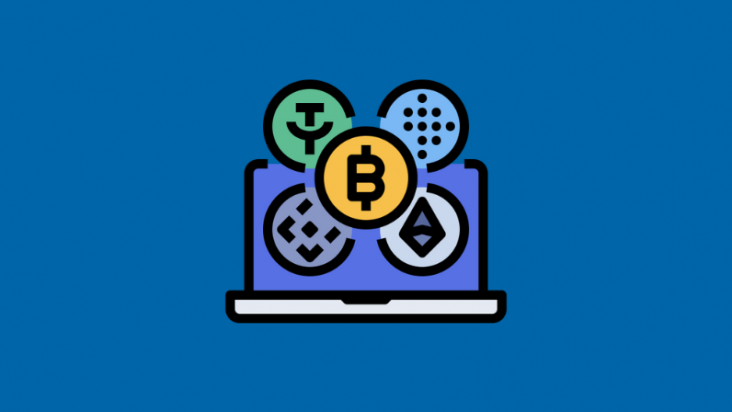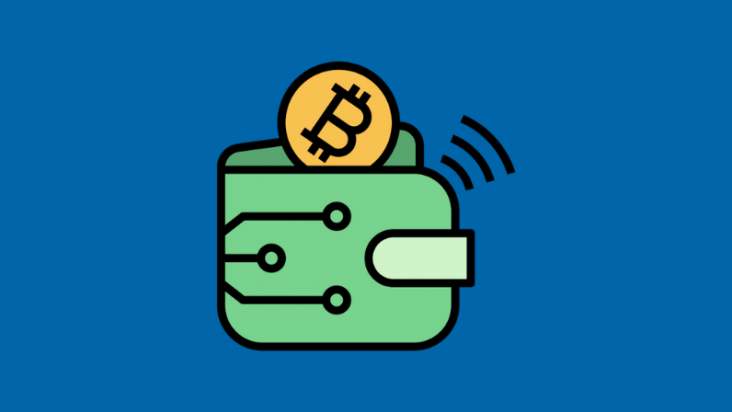
The gaming industry built around the Play-to-Earn (P2E) model represents one of the most discussed branches of Web3. Since its inception, P2E games quickly became synonymous with a new way to earn income, though their journey has been far from perfect. Early projects in this field focused heavily on economic mechanics and positioned themselves primarily as earning platforms, often at the expense of gameplay quality. The monotony and lack of engaging gameplay and mechanics led to several issues:
Low player engagement and loss of interest;
A decline in new user influx, which in turn caused inflation of in-game assets and the collapse of economic models.

In 2021, Axie Infinity rose to prominence as the face of P2E. Despite its massive success, it wasn’t an overnight sensation. Since its launch in 2018, the project steadily developed, improving its gameplay. This evolution allowed Axie Infinity to attract a significant audience, which, in turn, inspired many developers to participate in building Web3 games. These efforts marked the beginning of major changes in the gaming space, as projects started to move away from simple collection mechanics and explore new genres. As of Q2 2024, the number of Web3 games on the market surpassed 5,900. The diversity of genres, ranging from mini-games on Telegram to complex RPGs and shooters, allows developers to target a broader range of players. This raises a question: What genres are most popular? Which ones are oversaturated? You can learn more about these trends through the linked research.
With the increasing variety of genres in Web3 games, the industry has shown signs of maturity. While most early games were focused solely on “play to earn” mechanics, today, developers are placing greater emphasis on the quality of gameplay.
A New Perspective on Genres and Technologies
Complex genres such as shooters and battle royales require robust technological solutions, making their implementation particularly challenging. These types of games are capable of attracting a larger audience, including streamers and professional gamers. A notable example is Off The Grid by Avalanche, which delivered impressive results in October 2024 thanks to a well-designed campaign geared toward streaming platforms.
Off The Grid is an innovative project on the Avalanche blockchain, offering a multiplayer shooter that incorporates P2E (Play-to-Earn) and Web3 elements. The game combines high-quality gameplay with cutting-edge blockchain technology, allowing users to own in-game assets and monetize their gaming experience.
The project’s success lies in its seamless integration of Web3 mechanics without compromising gameplay quality—something that is often a weak spot in P2E games. The game has already garnered significant attention from players thanks to its modern graphics, dynamic gameplay, and user-friendly integration of blockchain technology via the Avalanche network. The platform ensures fast and low-cost transaction processing, making the interaction with digital assets, such as in-game items and NFTs, convenient and accessible.
Off The Grid also demonstrates strong audience engagement by balancing traditional gaming elements with earning opportunities through RMT and blockchain. The project highlights that gaming achievements and economic mechanics can work hand in hand, creating a new level of interaction for players.
Gameplay: The Heart of Any Game
Gameplay is the foundation upon which any game is built, and for successful P2E projects, this is particularly crucial. Even if a game offers a great economy, tokens, and opportunities to earn real money, players will quickly lose interest without engaging gameplay. In P2E games, the economy should serve as a supporting element, not the primary objective. Good gameplay not only retains players but also allows them to fully enjoy the experience without feeling like mere “financial tools.”
It is essential that earning elements and economic mechanics are integrated in a way that allows players to enjoy the game itself rather than focusing solely on financial rewards. For example:
- Rewards for Activity: Players should gain tangible benefits and value for their engagement—whether through in-game items, resources, or currencies. However, these rewards must be tied to achieving in-game goals rather than being random byproducts.
- Long-Term Motivation: Games must include strategies for sustained engagement, such as quests, consistent content updates, character development, and unique game mechanics that allow players to continuously explore new experiences.
- Enjoyment of the Process: A game should be inherently fun—whether through battles, exploration, construction, or trading. When players enjoy the process, they are more likely to invest their time and money, which also positively impacts the game’s economy.
Ultimately, the success of P2E games depends on the balance between attractive gameplay and the economic model. The economy can serve as an additional motivator, but if the game fails to “inspire” participation, interest will quickly fade.
Interesting and engaging gameplay has always been, and remains, the core element of any successful game. This is particularly true for P2E projects, where economic mechanics must not replace the essence of gaming itself. People play games for emotions, challenges, and a sense of achievement, while earning should be merely a pleasant addition. Without solid gameplay, even the most advanced technologies will fail to retain players in the long run. That’s why developers today are actively investing in creating game worlds where gameplay comes first, and economic elements are seamlessly integrated into the experience.
Real Money and Web3
The market for in-game asset trading in popular games has existed for a long time. Typically, this takes place on specialized platforms that act as intermediaries between buyers and sellers—a sort of exchange for in-game assets. However, the primary issue is that game developers do not support such initiatives. For players who engage in buying or selling through these platforms, this can result in account bans, as such activity often violates user agreements in most games.
Furthermore, the RMT (Real Money Trading) market carries several risks. First, there is a high level of fraud and transaction opacity. Second, many platforms charge significant fees for processing transactions, making trades less profitable. Nonetheless, demand for such services remains steady, and some players have even turned RMT into a professional endeavor, using the market for consistent income.
RMT, or Real Money Trading, refers to the process of exchanging in-game items, currency, or accounts for real money. In the context of gaming, this includes buying or selling virtual goods and services outside official game markets or platforms. With the rise of NFTs and tokens, the necessity for unofficial RMT markets is diminishing, as players now have the ability to buy and sell assets with greater transparency and security. Web3 games integrate RMT into their ecosystems, creating entire in-game economies. This opens up new horizons for earning and even job creation: professional traders, in-game asset designers, and game ecosystem consultants are finding new opportunities in this space.
Challenges and Risks of RMT
The implementation of RMT comes with significant risks. The lack of clear legislative regulation creates opportunities for fraud and asset loss. The instability of tokenomics in certain projects can result in the devaluation of in-game currencies. Moreover, the complex mechanics of RMT make it less accessible to the mass audience and more suited for professional participants, reducing its appeal to casual players.
Potential and Prospects of the Industry
Despite significant progress, the P2E industry continues to face challenges. The market requires clear regulations and mechanisms to protect the rights of both players and investors. Economic models in many games remain unstable, particularly in the volatile cryptocurrency market. Additionally, the complexity of game mechanics and intense competition limit accessibility for casual players, which hinders the broader adoption of such projects.
Conclusion
For the concept of Play-to-Earn (P2E) to succeed and attract professional market participants for earning, it is crucial to first create an interesting and engaging game that appeals to a large fan base of regular players. This is vital because the game must be fun and enjoyable in itself, while earning should serve as an additional incentive rather than the main motivation.
When regular players enjoy the gameplay, they become part of the game’s community and ecosystem. This forms the foundation for attracting more experienced participants who see opportunities to earn and invest in the game’s economy. Without a sufficient number of regular players who simply love the game, professional players and investors are unlikely to contribute to the long-term stability of the game.








